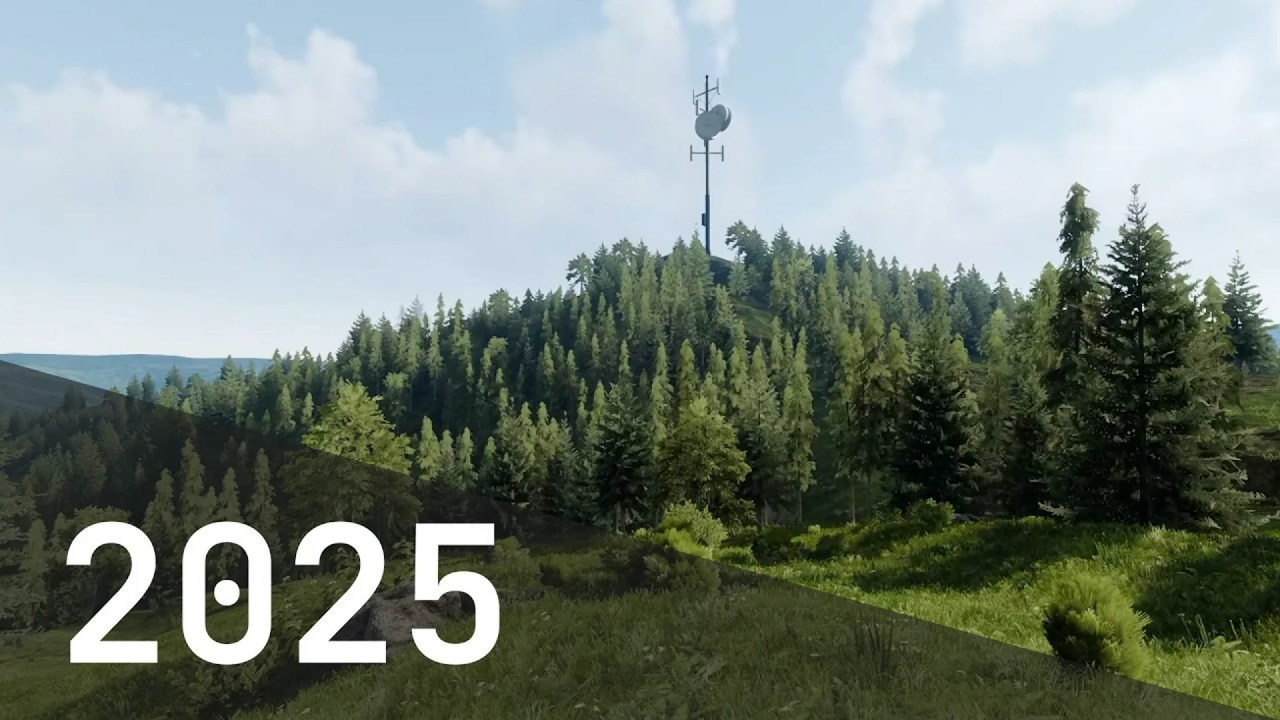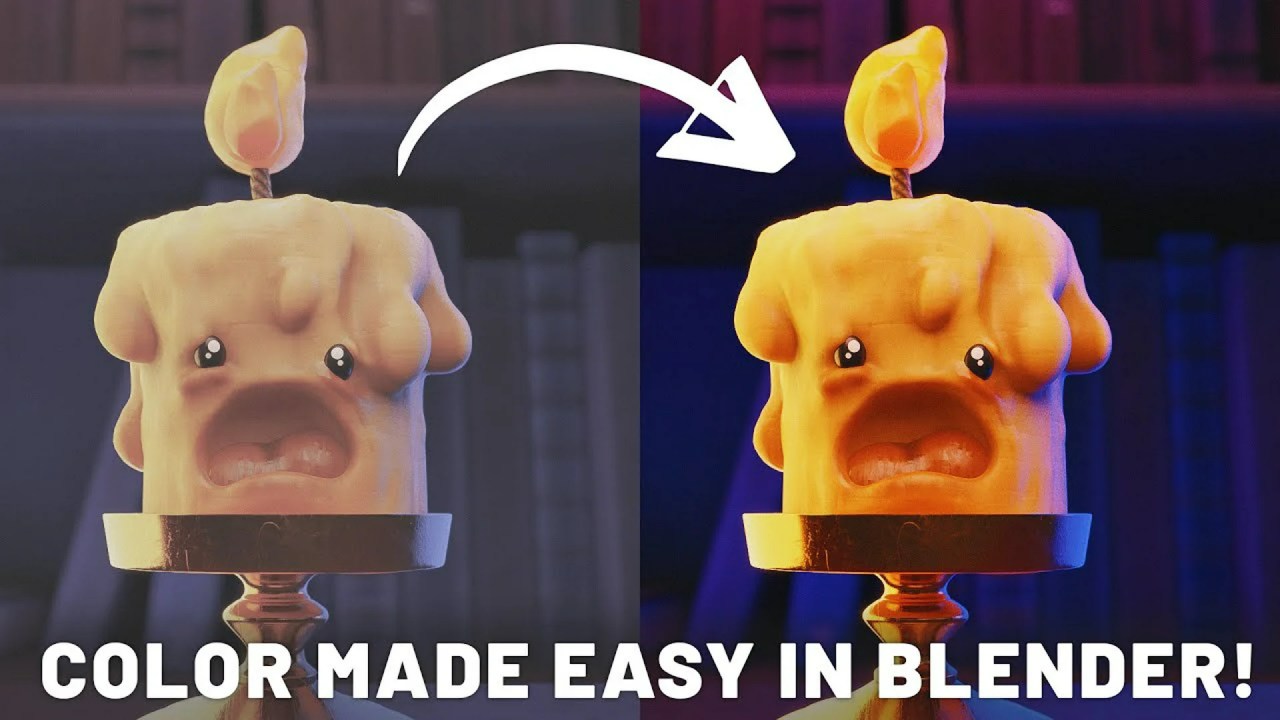MatMADNESS’s “Human Shaders” project elevates Godot’s character realism with advanced, open-source skin and eye rendering techniques. Explore impressive translucency, subsurface scattering, and dynamic animation, all freely available for your projects.
For game developers and 3D artists working with the Godot Engine, achieving truly realistic human characters has often presented a significant challenge. However, a groundbreaking open-source project by MatMADNESS is changing that perception. Titled “Human Shaders,” this initiative introduces custom-made skin and eye shaders that elevate character rendering in Godot to an unprecedented level of visual fidelity.
What makes this project particularly exciting is its accessibility and robust features. Released under an MIT license, MatMADNESS’s work empowers the community to freely copy, remix, and even resell these advanced shaders, fostering innovation within the Godot ecosystem. This commitment to open-source development is a hallmark of the Godot community, allowing talented individuals like MatMADNESS to share their expertise and tools, pushing the boundaries of what’s possible for everyone. The accompanying demo, available for download on Itch.io and with its full source code on GitHub, provides an interactive playground for users to explore the intricate details of these shaders. With controls for light rotation (right mouse button), model rotation (left mouse button), dragging (middle mouse button), and zooming (scrolling), artists can meticulously examine every facet of the realistic effects.
The Skin Shader: A Masterclass in Realism
The skin shader is a true highlight, showcasing several advanced rendering techniques crucial for lifelike digital humans. One remarkable feature is its implementation of translucency, visibly demonstrated on the model’s ear. Here, light passes through the thin tissue, illuminating subtle blood vessels and emerging as a warm red glow. This effect is precisely controlled using a dedicated translucency map, ensuring that only specific, biologically accurate areas of the model exhibit this property. Beyond simple translucency, the shader makes extensive use of subsurface scattering. This technique simulates light entering the skin, scattering beneath the surface, and then re-emerging, resulting in that characteristic slightly blurry, fleshy appearance that distinguishes organic materials from solid ones. The developer provides extensive control over subsurface scattering, including a slider to restore lost skin detail, allowing artists to fine-tune the balance between softness and sharpness.
Adding another layer of fidelity, the skin features a sophisticated layered detail texture system. A primary normal map handles larger bumps and ridges, while a second, finely tiled micro-detail normal map overlays microscopic skin textures, such as pores and fine lines. This dual-layer approach ensures realism at both macro and micro scales. The project even includes separate ambient occlusion control for these micro-details, demonstrating the meticulous attention to detail. Other material attributes, such as albedo for the base color, and default specular and roughness settings, are also present. Notably, no metallicness is applied, as would be appropriate for a flesh material.
Dynamic Animation with Blend Shapes
The demo’s animation capabilities combine traditional skeletal rigging with the flexibility of blend shapes (also known as shape keys). While basic neck, head, and eye movements are handled by a skeletal rig, most facial expressions are dynamically achieved through blend shapes. Blend shapes are a powerful tool in 3D animation, allowing a model’s geometry to be warped into various poses or expressions without altering its underlying topology. In popular 3D software like Blender, a base shape is established, and subsequent shape keys record specific deformations. These can then be blended incrementally or combined to create nuanced and complex organic animations. When exported to game engines such as Godot, these shape keys appear as blend shapes that can be animated in an animation player, providing artists with immense control over character performance. The ability to smoothly transition between expressions is critical for conveying emotion and personality in digital characters.
Captivating Eye Shaders
The eye shaders are equally impressive, contributing significantly to the overall realism. They feature a scientifically accurate, non-spherical eye shape that even includes a modeled lens bulge, adding to the anatomical correctness. The eyeball and iris textures are separated, allowing for differing quality requirements and optimization. The perceived “magical warping” and depth within the iris are ingeniously achieved through a clever height map, which creates a parallax-like effect, making the iris appear to recede and warp realistically as the viewer’s perspective changes. This subtle yet impactful detail gives the eyes a truly lifelike quality. The eye shader also offers adjustable settings for iris scale, high specular values to simulate a wet look, roughness control, and normal textures for added intricate detail. Crucially, like the skin, the eyes also utilize subsurface scattering to create a warm, glowing, and lifelike effect, preventing them from looking like flat, lifeless spheres.
Performance and Community Engagement
Despite the advanced techniques employed, the “Human Shaders” project is surprisingly optimized. It runs smoothly even on mobile devices, a testament to the efficient implementation. However, as with any high-fidelity asset, a scene populated with many characters using these shaders might impact performance. MatMADNESS encourages users to test the project in Godot 4.5 and share their system specifications and FPS data. This community-driven feedback is invaluable for understanding real-world performance across diverse hardware, further enhancing the project’s utility for everyone.
The “Digital Emily 2” head scan by the USC Institute for Creative Technologies, a high-resolution and fidelity scan, served as the base model for this project, highlighting the use of industry-standard resources to achieve such stunning results.
Overall, “Human Shaders” stands out as an exceptionally well-made and generous project, pushing the boundaries of realistic character rendering within the Godot Engine. It provides a powerful, free, and open-source foundation for developers and artists looking to bring lifelike digital humans into their interactive experiences. Don’t miss the opportunity to integrate these incredible shaders into your next Godot project and elevate its visual quality. For more incredible resources and assets that won’t cost you a dime, explore our extensive collection of Free Assets.
Sources:
Godot Has Never Looked This Good!
Godot Human Shaders – Demo by MatMADNESS
The Wikihuman Project
GitHub – matmadness/HumanShaders: A set of shaders for Godot to create realistic humanoid characters



